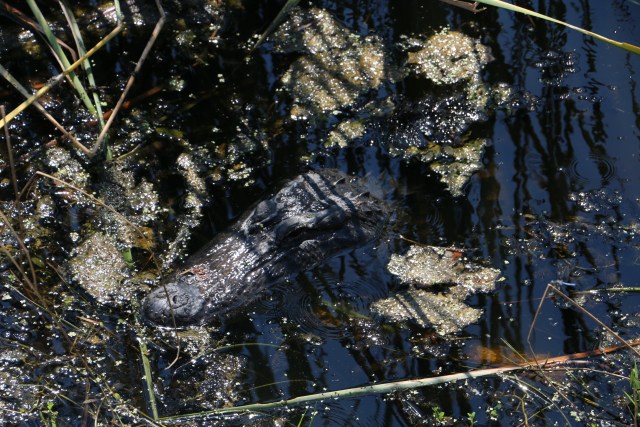The U.S. Fish & Wildlife have parks and refuges all over the United States. At the beginning of the Covid lockdown, my daughter and I took a trip to the coast, and on the way back I wanted to visit the Aransas National Wildlife Refuge, but after being gone for a few days already we opted to just head home.
On my most recent trip to the coast, this was planned out in advance, and I’m really glad I went and get to share some details about it for your next road trip.
According to the website, the Aransas National Wildlife Refuge was established, “to conserve, protect and enhance these lands for the benefit of wildlife and the American people”. While the lands here formed thousands of years ago, the designation of this land as a refuge was created in 1937. The whooping crane is what it’s best known for, and as the symbol for the park, it draws people from all over to admire. This stretch of land is the only place to find wild whooping cranes in the winter, and their calls can be heard from vast distances.

Aransas National Wildlife Refuge Activities
While hunting, fishing, and cycling are all activities that you can do while here, sometimes it’s just as fun to sit back and admire the view. There are eight trails here to seek some adventure. And there are multiple observation towers and a 9-mile driving loop as well.
Trails
Quick note, if there are no mileage declarations then it’s less than a mile, and really not even a trail. They are just listed as such on the map.
The longest of the trails is the Heron Flats Trail. It’s not a loop so that mileage is in one direction, but what you’ll see here is a diverse landscape with opportunities to see oak trees, tidal flats, egrets, pelicans, and much more. If you’re into birding this is your best opportunity to whip out your binoculars and check out some amazing scenes.
The alligator viewing area is not a trail, but here you can see some gators in the wild. We stopped and walked out on the deck, and right on cue, an 8-foot gator came floating in our direction. My first thought was that humans have been feeding it, otherwise it wouldn’t be so interested. Nonetheless, it was a great opportunity to take a few snaps.
Additionally, you could see some gar swimming around and learn more about the wildlife in this section of the refuge.

One-Way Loop Driving Trail
So here’s the thing… If you’re from central Texas and used to seeing a lot of ranch land with mesquite and brush, this isn’t really going to be that interesting of a trail. Once you get past the section that’s close to the water you’re mostly just driving through what I just mentioned. The thing is, the only way to get to some of the best spots of the Aransas National Wildlife Refuge are by way of this trail, so it’s a nice balance.
This is a single-lane pathway that curves around the southern part of the park. You will see educational markers along the way, so it’s not all just scenery. We were the only ones here on this particular day, so if it wasn’t so hot I may have gotten out to read some of them.
The first stop along the way was the viewing area at Jones Lake. The platform here extends out to witness some remarkable views of a lake that receives its water entirely from rainfall. Needless to say the water here in August was sparse, but still created an ecosystem that was home to a handful of birds and a family of javelinas.
There are two observation towers here. One is 20′ and the other is 40′. They each offer amazing views of the San Antonio Bay and Mustang Lake. BUT the one that you want to go on is the taller one. It was a recommendation by fellow Trailhead on the Facebook page; she said that we absolutely couldn’t leave without checking it out, so we did.
It’s a fully accessible tower that has some fun educational signs as you continue to rise from the bottom to mid-section to above the canopy. At the top, you’ll have spotting scopes to see far into the distance. Especially helpful if you don’t have a powerful lens on your camera. So if you’d like to show your support for me getting new camera gear keep clicking those affiliate links, haha.
Anywho- this is the part of the program where everything just stops and you take a moment to admire the view. I encourage you to learn about how this space was created over time, and how special this refuge is, but for now, I can just tell you that it’s really neat to see various ecosystems work together in harmony.

Location Details
At the time of this posting, the headquarters at Aransas National Wildlife Refuge is closed, so admission is waived. There was a kiosk upon entry that had maps, so be on the lookout for that and grab a map.
Public restrooms were also closed with the exception of porta-potties that were sporadically placed.





